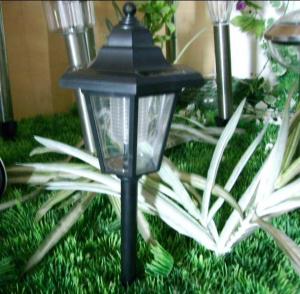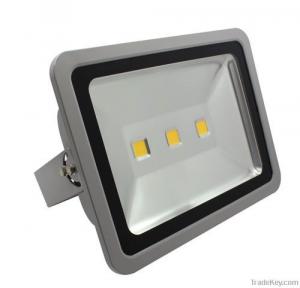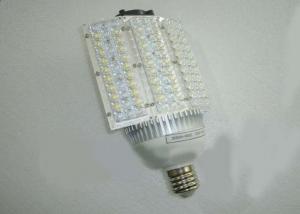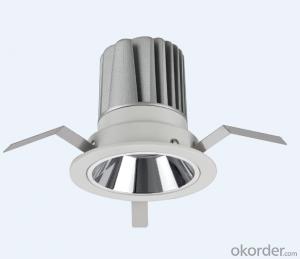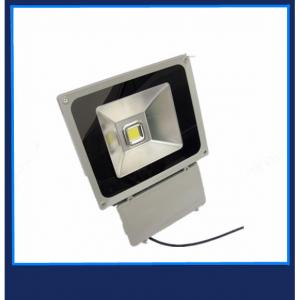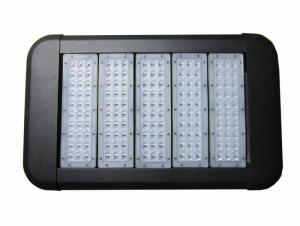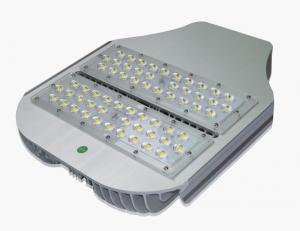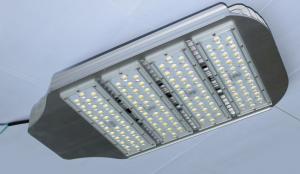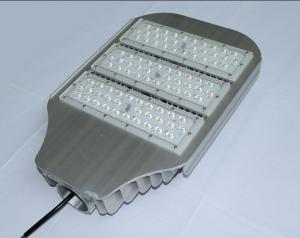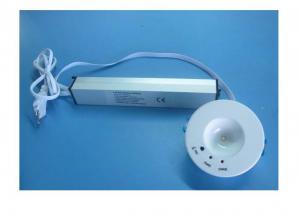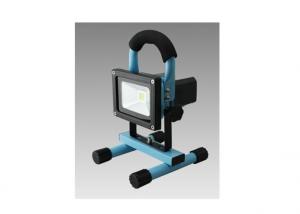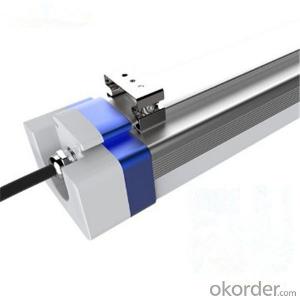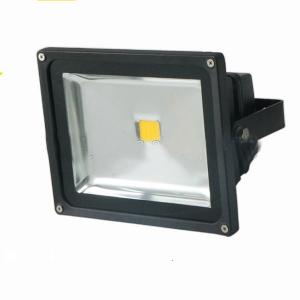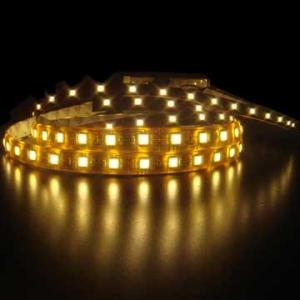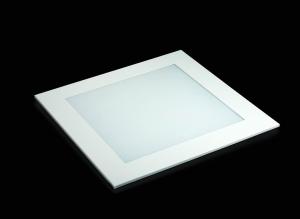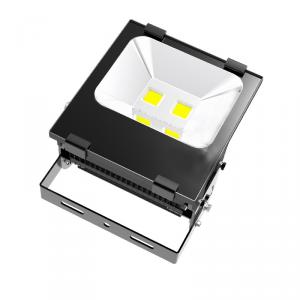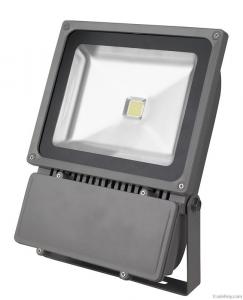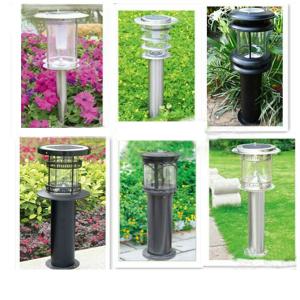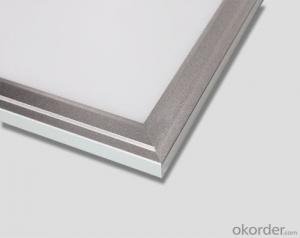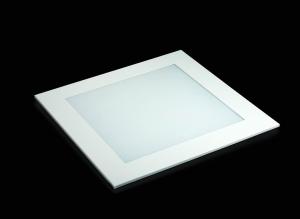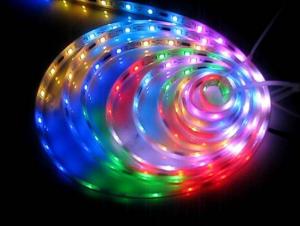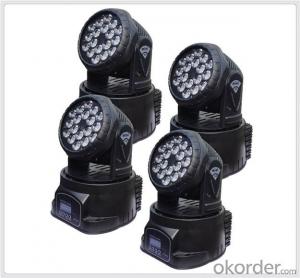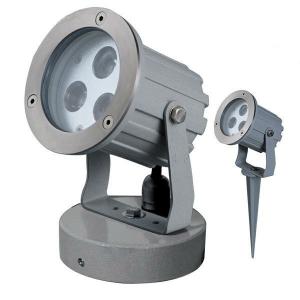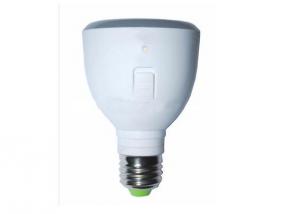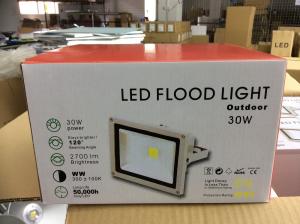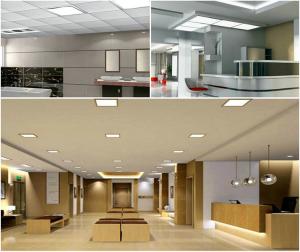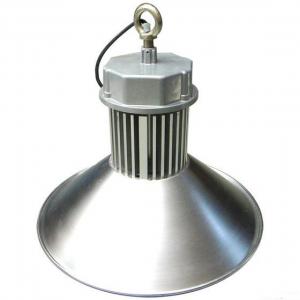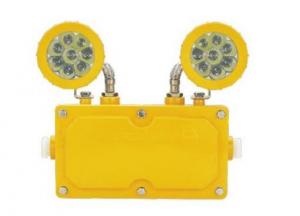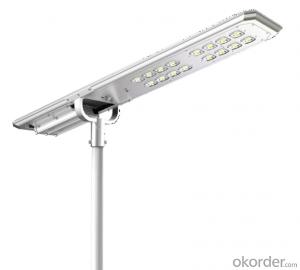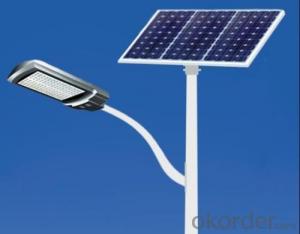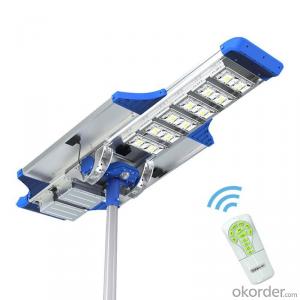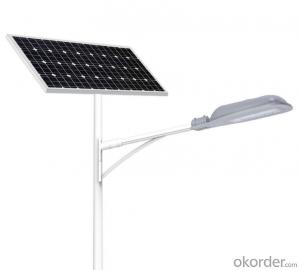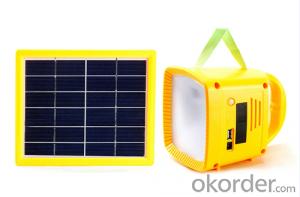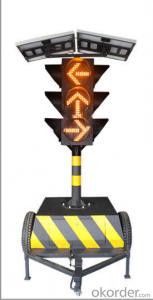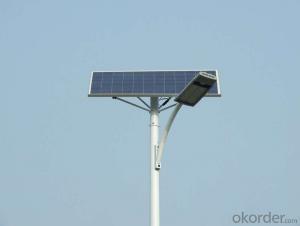Led Frog Eye Emergency Lights
Led Frog Eye Emergency Lights Related Searches
Led Bulbs For Can Lights Led Dome Lights For Cars Led Lights For Flowering 400W Led High Bay Lights Led Lights In Ceiling Led Outside Lights Solar Led Ceiling Tile Lights Led House Lights Outdoor Outdoor Floor Lights Led Black Led Ceiling LightsHot Searches
Fisheye Lens Best Buy Best Buy Electronics Store How Much Do Street Lights Cost Cost To Aerate Lawn Lawn Aeration Cost Flood Pumps For Sale How Much Do Street Lights Cost Types Of Street Lights How Much Do Street Lights CostLed Frog Eye Emergency Lights Supplier & Manufacturer from China
Okorder.com is a professional Led Frog Eye Emergency Lights supplier & manufacturer, offers integrated one-stop services including real-time quoting and online cargo tracking. We are funded by CNBM Group, a Fortune 500 enterprise and the largest Led Frog Eye Emergency Lights firm in China.Hot Products
FAQ
- Energy in solar lights is stored by rechargeable batteries, typically made of nickel-metal hydride (NiMH) or lithium-ion (Li-ion). These batteries are designed to store excess energy generated by solar panels during the day. When sunlight reaches the solar panels, it creates an electric current that charges the batteries. This energy is then kept in the batteries until it is required at night or during times of low sunlight. The stored energy powers the LED lights that provide illumination for the solar light. The batteries are connected to a charge controller, which regulates the energy flow from the solar panels to the batteries, preventing overcharging or battery damage. This storage mechanism enables solar lights to offer illumination even without sunlight, making them sustainable and energy-efficient alternatives to conventional lighting choices.
- Yes, solar lights are suitable for parking garage or underground lighting. They are a cost-effective and environmentally-friendly alternative to traditional lighting options. Solar lights can provide consistent illumination even in low-light conditions and can be easily installed without the need for extensive wiring. Additionally, they can operate independently of the electricity grid, reducing energy costs and ensuring uninterrupted lighting in parking garages or underground areas.
- Solar lights store energy during the day through a process called photovoltaic conversion. This process involves the use of solar panels, which are made up of multiple solar cells. These cells are made of semiconductor materials, such as silicon, that have the ability to convert sunlight into electricity. When sunlight hits the solar panels, the photons in the sunlight excite the electrons in the semiconductor material, causing them to move and generate an electric current. This current is then captured by the solar cells and sent to a battery for storage. The battery in a solar light acts as a reservoir for storing the excess energy produced during the day. It is typically a rechargeable battery, such as a lithium-ion or nickel-metal hydride battery. These batteries have the ability to store electrical energy for later use. During the day, when the solar panels are exposed to sunlight, they continuously generate electricity. This electricity is used to power the light source of the solar light, typically an LED bulb, as well as charge the battery. If there is excess electricity generated, it is stored in the battery for use during the night or when there is insufficient sunlight. By storing energy in a battery, solar lights are able to provide consistent lighting during the night, even when there is no sunlight available. This makes them a reliable and sustainable lighting solution for outdoor areas, as they harness and store the abundant energy from the sun.
- Solar lights are generally designed to handle high humidity conditions. The components of solar lights, such as the solar panels and batteries, are usually weatherproof and can withstand moisture. However, excessive humidity might affect the performance and efficiency of solar lights. Regular maintenance and cleaning can help ensure their optimal functioning in high humidity environments.
- Yes, solar lights often have adjustable height or mounting options. Many solar lights come with adjustable poles or stakes that allow you to easily adjust the height of the light according to your preference or the specific area you want to illuminate. Additionally, some solar lights have multiple mounting options, such as wall mounts or ground stakes, giving you the flexibility to install them in various locations. These adjustable height and mounting options make solar lights versatile and suitable for different outdoor lighting needs.
- Yes, solar lights can be used on hiking trails and campsites. They are a great alternative to traditional lighting sources as they are energy-efficient, environmentally friendly, and portable. Solar lights can provide adequate illumination at night, enhancing safety and visibility on the trails and campsites without the need for electricity or batteries.
- Yes, solar lights are suitable for emergency lighting. Solar lights are powered by sunlight, which means they can provide light even during power outages or emergencies. They are equipped with a solar panel that absorbs sunlight and converts it into electricity to charge the built-in battery. In case of an emergency or when there is no access to electricity, solar lights can still function and provide illumination for a certain period of time. Additionally, solar lights are typically designed to be energy-efficient, durable, and portable, making them a practical choice for emergency situations. They can be easily installed or moved around as needed, ensuring that you have access to reliable lighting when it matters most.
- Yes, solar lights can still be used in cloudy weather, but their performance may be compromised. Cloud cover reduces the amount of sunlight reaching the solar panels, resulting in less energy for the lights to operate. As a result, the lights may not shine as brightly or last as long as they would on a sunny day. However, advancements in solar technology have made some lights more efficient in converting limited sunlight into energy, allowing them to still function to some extent even in cloudy conditions.
